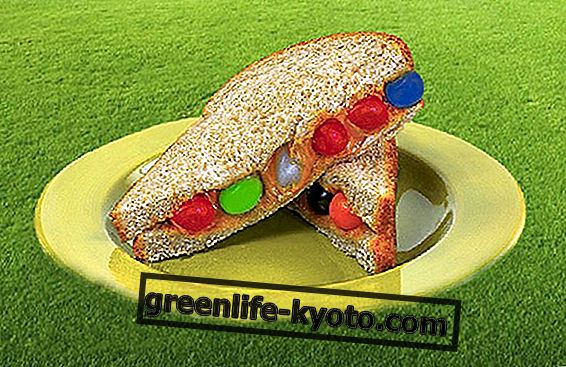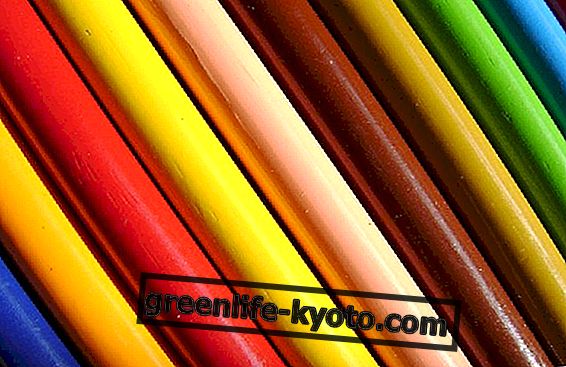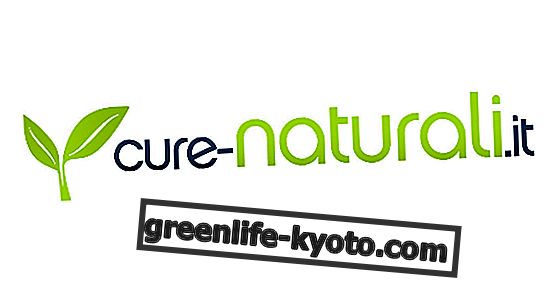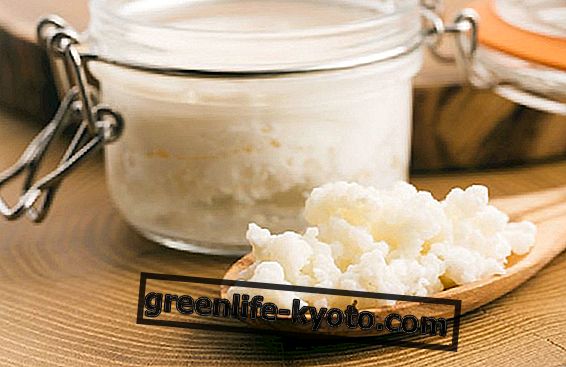
Additives in food are added for various needs: to make them more palatable, to increase their storage time or simply to color them and increase and / or modify their taste.
As for the dyes, these are added to foods to change the color of foods, as is the case for confectionery products or to make a food more "real" and therefore more affordable.
The addition of dyes to foods deceives millennia of human evolution, as man values his color before eating any food. It is easy to distinguish moldy foods, from the green or white color that forms on the surface, or if a fruit is ripe or not, but if it was colored ad hoc it could be mistaken for a mature one and therefore be induced to eat it without noticing anything.
An example is the use of E102 Tartrazine, which added to frozen peas, makes them greener. It is obvious that the purchase of a pack of treated peas is more appealing than an untreated one or foods from organic farming, where all the fruits are of different sizes and colors.
By definition, food additives are " any substance not normally consumed as a food [...] not used as an ingredient in the European Union typical of food, [...] which intentionally added to food [...] carries out processing, preparation, treatment, packaging, [...] and become, itself or its derivatives, a component of such foods, [...] "(Council Directive 89/107 / EEC).
The additives are classified according to their function and are examined by various agencies that investigate their use and toxicity. In Europe the Food Safety Agency (EFSA), the World Health Organization (WHO) and the Food and Agriculture Organization (FAO) are in charge.
In Europe, all additives begin with the letter E followed by a three-digit number that identifies their function:
- E100 - E199 Dyes
- E200 - E299 Preservatives
- E300 - E399 Antioxidants and acidity regulators
- E400 - E499 Thickeners, Stabilizers and Emulsifiers
- E500 - E599 Anti-caking agents
- E600 - E699 Flavor enhancers E900 - E999
- Various E1000 - E1999 Other products that do not fall into the other categories
Now let's examine the definitions in order to clarify the classifications and their purpose:
The dyes
They are substances that give a color to a food or that restore its original color. The original coloring to restore is due to the excessive transformation of the initial product or the excessive deficiency of this product at the origin.
Colorants cannot be added to the following foods: water, sugar, honey, milk, bread, pasta, meat, fish, oil, coffee, chocolate, nougat, vinegar, vegetable juices.
Preservatives
They are substances that prolong the storage period of food products, protecting them from deterioration caused by microorganisms. The evolution of conservation and availability of food is thanks to these substances, but we must take a limited amount to avoid damage to our body.
Antioxidants
They are substances that prolong the storage period of food products, protecting them from deterioration caused by oxidation, such as fat rancidity and color variations. Oxidation can also cause loss of consistency, vitamins, decreased nutritional power and the formation of harmful pathogens. Unsaturated fats are more sensitive to oxidation than saturated fats. Some antioxidants are as harmless as E200, ascorbic acid (which is not vitamin C, for more details see Vatiero G., Esposito M., Dictionary of food additives. Youcanprint 2015)
Thickening agents, gelling agents and stabilizers
Thickeners are substances that increase the viscosity of a food product, used for example in creams or too liquid sauces.
Gelling agents are substances that give consistency to a food product through the formation of a gel, given their ability to retain water, they increase the mass of the products in which they are placed. For example in baby food.
Stabilizers are substances that make it possible to maintain the physico-chemical state (eg color, emulsion) of a food.
Emulsifiers
They are substances that make it possible to form or maintain a homogeneous mixture of two or more immiscible phases, such as oil and water, in a food product.
The flavor enhancers
They are substances that enhance the taste and / or the fragrance or both of a food product arousing the taste of umami (In Japanese it means "tasty" and indicates for precision the glutamate flavor - wikipedia).
Sweeteners
They are substances used to give a sweet taste to food products or for their extemporaneous sweetening. This category also includes non-natural substances such as E 950 - Acesulfame K, E 951 - Aspartame, E 961 - Neotame (for more details see Vatiero G., Esposito M., Dictionary of food additives. Youcanprint 2015)
Various additives and technological adjuvants
Acidifiers are substances that increase the acidity of a food product and / or give it a sour taste, and pH regulators are substances that modify and control the acidity or alkalinity of a food.
Melting salts are substances that disperse cheese proteins, thus creating a homogeneous distribution of fats and other components. The most commonly used are phosphates and polyphosphates (E450¸ E452), being sequestrants that subtract calcium from the human organism, deactivate some enzymes, can cause digestive and kidney disorders. According to the Safety Data Sheet, According to the Directives 91/155 / CEE on page 3 to point 11.2 the dangerous health effects are mentioned, “The data we have is not sufficient for a correct toxicological evaluation. Based on the physicochemical properties, probably the dangerous characteristics are: disturbances of the electrolyte balance. "
The agents of resistance, or firming, they are substances that make or keep fruit and vegetable tissues firm and crisp, or that interact with gelling agents to produce or consolidate a gel.
Antifoams are substances that prevent or reduce foaming.
The foaming agents are substances which make it possible to obtain a homogeneous dispersion of a gaseous phase in a liquid or solid food product.
The anti-agglomerants are substances that reduce the tendency of individual particles of a food product to adhere to one another to form lumps.
Humidifiers are substances that prevent the drying of food products by counteracting the effect of low atmospheric humidity or which promote the dissolution of a powder in a watery environment.
Coating agents (including lubricants) are substances that, when applied to the outer surface of a food product, give it a shiny appearance or provide a protective coating.
Bulking agents , or excipients are substances that increase the volume of a food product without contributing significantly to its available energy value.
Flour treatment agents , excluding emulsifiers, are substances that are added to flour or dough to improve cooking qualities.
The raising agents are substances, or mixtures of substances, which release gas by increasing the volume of a dough or a batter.
Propellant gases are gases other than air that expel a food product from a container
The packaging gases are gases different from the air introduced into a container before, during or after having introduced a food product in such a container, replacing the air and thus preventing the oxidation of the food.
The sequestrants are substances that form stable complexes with metal ions, used in small quantities to mask, in the form of stable complexes, traces of iron and copper catalysers of oxidation.
Flavorings are substances designed to impart particular odors and flavors to foods. Italian law also considers “natural aromas” as synthetic ones, that is, those that exist in nature but that are reproduced in the laboratory, do not yet have a number 'E' and are inserted in the foods that bear on the label "on the taste of ..." or " to the aroma of ... ".
Here is a list that is not complete but sufficient to get an idea of the substances introduced into the food.
- Smoked, pyroligneous acid
- Pineapple, allyl capronato
- Anise, anethole
- Banana, amyl acetate
- Butter, diacetyl and C4 butyric acid
- Coffee, 2-furilmetantiol or α-furfuryl mercaptan
- Cinnamon, cinnamic aldehyde
- Strawberry, furanol
- Raspberry, benzyl acetate
- Lemon, citral
- Apple, ethyl 2-methyl butyrate
- Mint, menthol
- Honey, phenylacetic acid, ethyl phenylacetate
- Hazelnut, toasted 2-methoxy-3-methylpyrazine
- Fishing, gundecalattone
- Truffle, bismetiltiometano
- Tea, β-damascenone, or 2, 3, 5, 6-tetramethylpyrazine
- Vanilla, ethylvanillin or vanillin
Adjuvants are substances used to dissolve, dilute, disperse or otherwise physically modify a food additive without altering its technological function in order to facilitate its handling, application or use, traces of it must not remain in the treated food.
Bibliography
Vatiero G., Esposito M., Dictionary of food additives. Youcanprint 2015
Wikipedia













